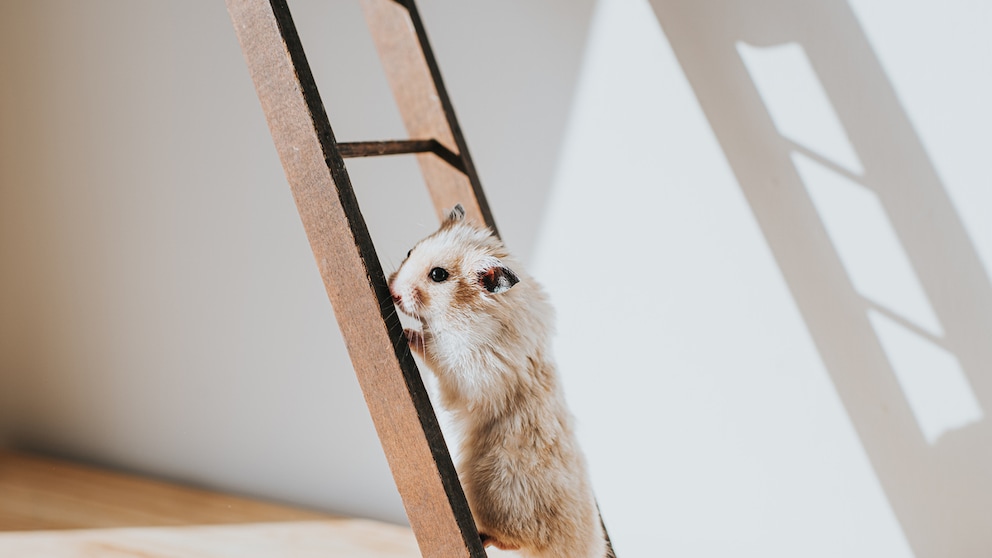July 17, 2024, 9:13 am | Read time: 3 minutes
Most people are familiar with the queasy feeling you get in the abdomen when you look down from a height. This feeling is normal — an innate protective mechanism designed to protect us from potentially fatal falls. If the fear of heights leads to pathological traits, acrophobia enters the discussion. How about in the animal kingdom? Can animals also have a fear of heights?
In the medical world, fear of heights is a special form of anxiety disorder. It involves situations where those affected look down from a height. If the fear of heights is very pronounced, symptoms such as sweating, trembling, and breathing difficulties can develop in seemingly harmless moments — for example, when climbing a ladder. If this severely restricts one’s quality of life, the fear of heights requires treatment. Does this phenomenon also occur in other animals? Do animals have a fear of heights?1
Are penguins afraid of heights?
Videos of animals appearing to suffer from a fear of heights keep popping up on the internet, especially on social networks. A few years ago, a penguin in a zoo was filmed waddling restlessly back and forth on a diving board. While his fellow penguins splashed around in the pool below, the penguin hesitated and didn’t want to jump in — like a pool visitor standing anxiously at the top of the five-meter (16.4-foot) board and not daring to jump.
Could this really be a fear of heights? After all, jumping from an ice floe into the Antarctic Ocean is part of a penguin’s natural behavior in the wild. Answering this question is not so easy. After all, you can’t simply ask a penguin why it doesn’t want to jump. However, recent research findings indicate that a fear of heights is not present in animals.2
Fear of heights is scientifically proven in mice
Behavioral researchers from Freiburg and Vienna have investigated how mice, fish, and flies react to changes in their environment. To do this, they built a kind of holodeck: a box that opens upwards, onto the walls of which various images can be projected. In this virtual reality, they made the mice believe that they were moving at great heights and studied their reactions. The result: the little rodents showed a fear of heights!
From an evolutionary point of view, this makes perfect sense. As prey, mice are on the menu of many predators, making them flight animals. If they are at great heights and not protected, they could easily fall victim to a bird of prey. So it’s no wonder that their small bodies release stress hormones, signaling them to get away quickly!3

7 rules for dog owners to show courtesy

Dog Psychologist Would Advise Everyone to Spend the Bight in Nature with Their Dog

Expert: ‘Orcas purposely sink sailing yacht!’
Helping animals with a fear of heights
Many pet owners know from their own experience that animals can be afraid of heights. For example, there are dogs that vehemently refuse to climb stairs or cross bridges. This is probably neophobia, i.e., a fear of something new. If the dogs did not learn as puppies that steps (or even shiny floors, rumbling thunder, or other environmental stimuli) are not dangerous, they may develop a fear of them later in life. In this case, it is advisable to seek help from a dog trainer to gradually reduce the fear of these everyday situations.4
Cats are not normally afraid of heights. Their velvet paws love to look out over their territory from an elevated position. Nevertheless, it can happen that they climb a tree and can’t get down on their own.

